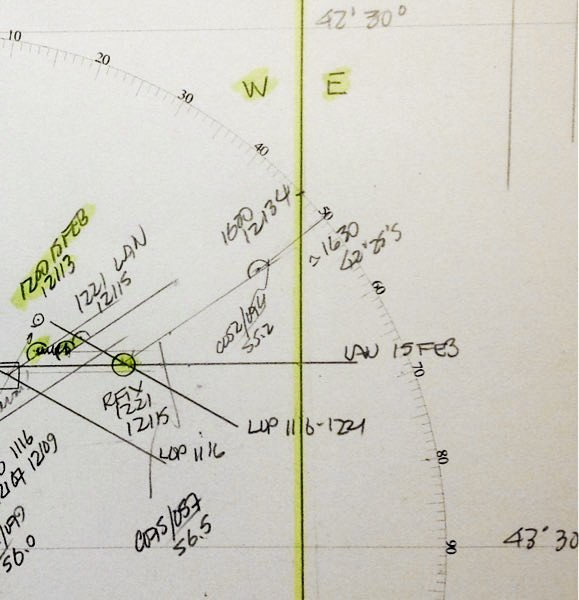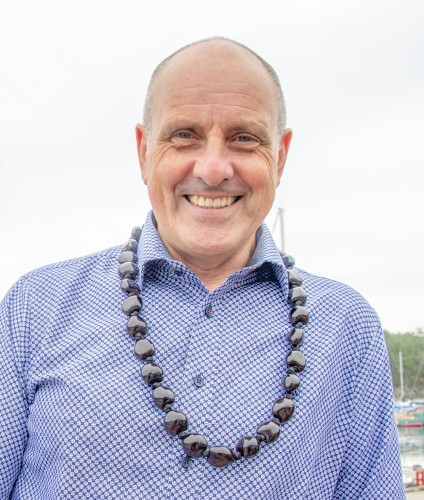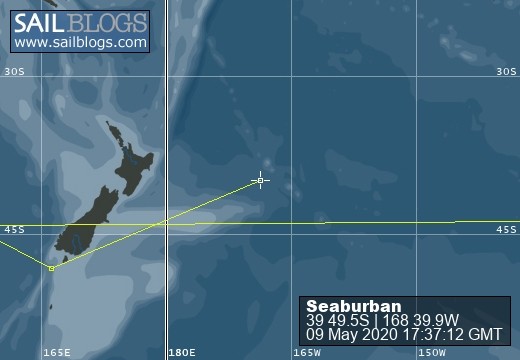Prime Time
16 February 2020
by Bert terHart

Virtually everything in our world, virtually everything that we surround ourselves with, owes something to the definitive, universal formalization of longitude. And to the man who dedicated his life to doing it.
The Prime Meridian, 0 degrees Longitude, running through the Royal Greenwich Observatory demarking what is East and what is West is testament to that discovery. It is also a throwback to the Age of Empire when Britannia ruled the waves and speaks directly to the great explorers and cartographers who seized upon Longitude to map the world.
What you might not know is that there were many Prime Meridians before the one we now use. Portugal, Spain, Holland, France, and of course Britain all arbitrarily choose some place from which to differentiate East from West. It was the stuff of state secrets, encoded maps and subterfuge. But as nation succumbed to nation, and navies to navies, it came to crisis when Great Britain boasted the world's most powerful navy and the greatest mapmaker of them all, Capt James Cook.
The solution to the problem of how far East or West you are of any given point on the earth was a stupendous technological achievement accomplished by a self-taught genius working alone for decades. His name was Harrison and he was a clockmaker. Some of his self-lubricating wooden clocks are still running today, some 250 years after they were built, and keep better time than the 21 jewel, self-winding watch I use for navigating.
Harrison invented and perfected the chronometer and there isn't a watch or clock that doesn't have some of Harrison's original genius in it. While everyone, including some of the greatest minds in history, where looking to the heavens to solve the problem of Longitude, Harrison looked to his timepieces. Knowing the time accurately enables you to calculate the difference in time between two places and that, and that alone, is all you need. As simple as that sounds, 250 years ago keeping accurate time using a mechanical device was considered an absolute impossibility.
To give you some idea of how desperate the problem had become, the English Parliament authorized a prize of 20,000£ to be awarded to the person or persons who solved it. A Board of Longitude was convened and given the task of overseeing the process of identifying a solution and ultimately awarding the 20,000£.
Eventually, Harrison got the money but not without the King's intervention and some 20 years after his chronometers sailed with, and were heartily endorsed by Cook himself.
If you ever get to the Royal Observatory, encased in glass is H4, one of Harrison's masterpieces. Although not wound, it is capable of keeping time to within 1 second per month at sea.
At approximately 1630 UTC today I crossed from West to East. I know that definitively thanks to to the watch I wear on my wrist which, among dozens of other marvels, has a bimetal spiral wound spring that Harrison invented to compensate for temperature and pressure changes.
Thanks be to those solitary, out-of-the-box thinking geniuses who are driven to achieve the impossible against all odds and prejudices




Comments